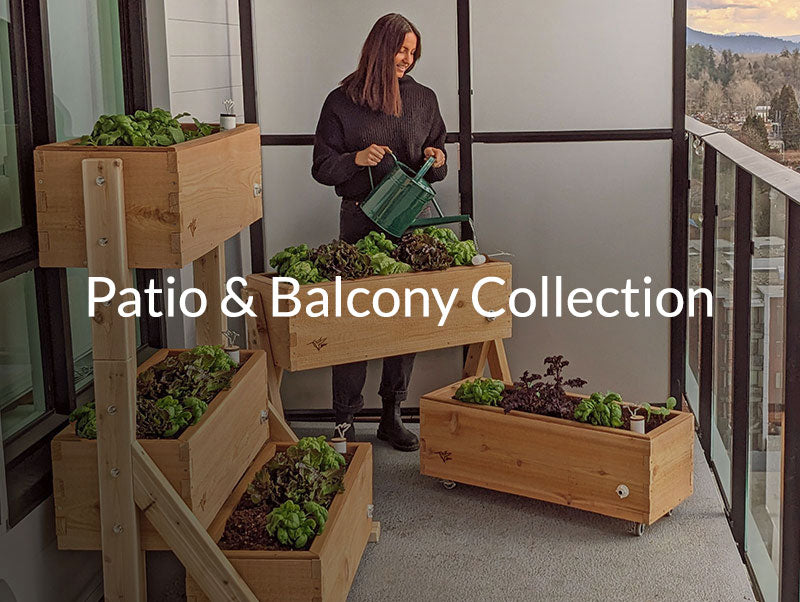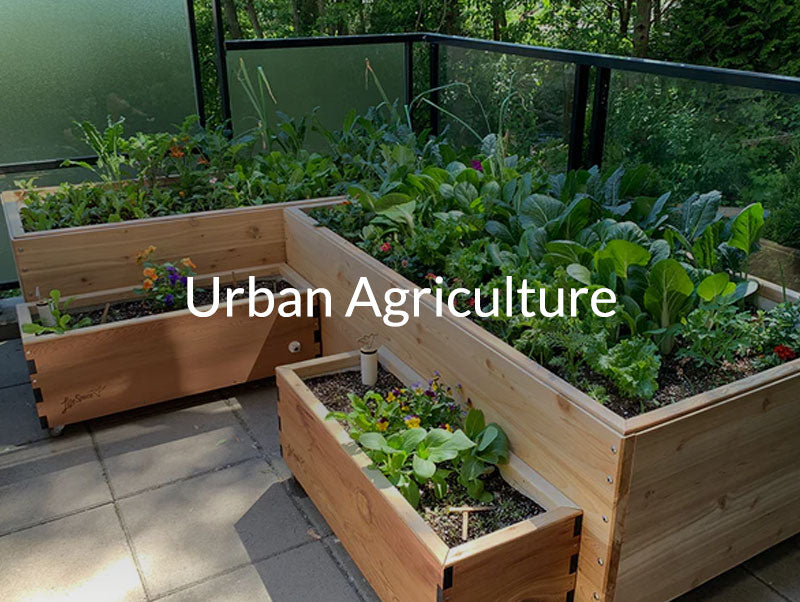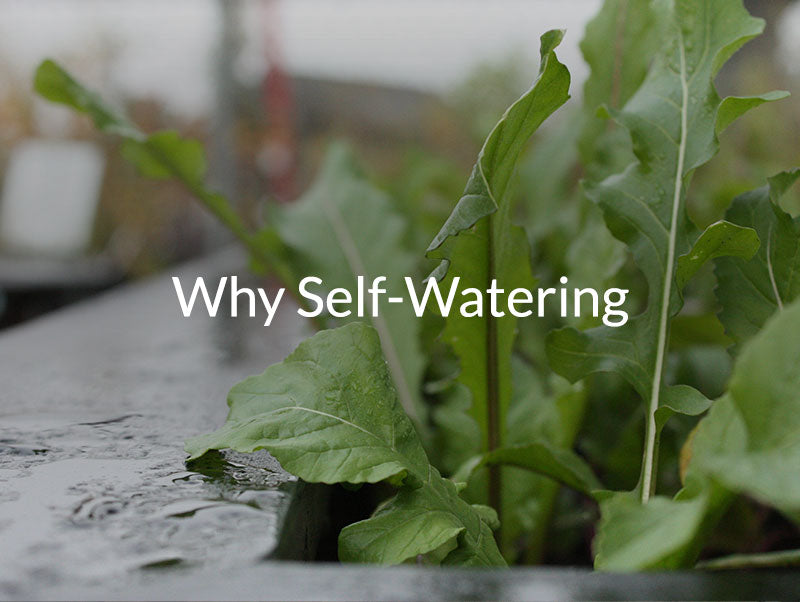Sweet Potato Growing Guide🍠: Planting, Care, and Harvesting in Self-Watering Gardens

Introduction
Sweet potatoes love warm weather, sunshine, and steady watering. With their trailing vines and high yields, they’re perfect for raised beds, large SIP planters, or spacious patios. Whether you’re growing in a LifeSpace Garden or setting up your own system with GardenWells inserts, consistent bottom-up watering leads to healthier roots, bigger harvests, and thriving vines.
When to Plant Sweet Potatoes
-
Spring: Plant slips after late May when soil temps consistently reach 21°C (70°F). Check the May Gardening Guide for transplanting tips.
-
Summer: Slips transplanted in June thrive in long, warm days. See the June Gardening Guide for maintenance strategies.
-
Harvest Timing: Sweet potatoes need 90–120 frost-free days, so plant early for fall-ready roots.
Square Foot Gardening Spacing
-
Spacing: 1 plant per 2 sq ft (trailing vines require room)
-
Depth: Plant slips 4–6” deep, burying at least two leaf nodes
How to Plant Sweet Potatoes
Transplanting Slips (Preferred)
-
Sweet potatoes are grown from slips — young shoots taken from tubers.
-
Space slips 12–18” apart in SIP beds, allowing vines to trail.
-
Plant in late May or June once soil has warmed.
Direct Rooting (Alternative)
-
You can start slips indoors by sprouting sweet potatoes in water or soil.
-
Once rooted, harden off slips outdoors for 5–7 days before planting.
Watering Your Sweet Potatoes
Consistent moisture is key for healthy root formation:
-
Use your WaterStem: when the Hummingbird rises, the reservoir’s full; when it drops, it’s time to refill.
-
Before establishment: Top-water gently for the first 10–14 days to encourage rooting.
-
After establishment: Refill reservoirs every 1–2 weeks, adjusting for heat and plant size.
-
Mulch heavily around plants to lock in moisture and regulate soil temperature.
-
See the June Gardening Guide for summer SIP strategies.
Harvesting Sweet Potatoes
-
Timing: Ready 90–120 days after planting slips, usually September–October.
-
Signs of Maturity: Leaves begin yellowing; dig gently to avoid damaging tubers.
-
Curing: Cure harvested roots in a warm, humid space for 7–10 days to enhance sweetness and storage life.
-
For cool-weather protection tips, visit the October Gardening Guide.
Common Issues & Fixes
| Issue | Likely Cause | Solution |
|---|---|---|
| Poor Root Growth | Cool soil or overfertilizing | Wait until soil warms, avoid heavy nitrogen feeds |
| Yellowing Leaves | Overwatering or nutrient deficiency | Check SIP levels, add compost or organic fertilizer |
| Wireworm Damage | Soil pests | Rotate crops yearly, avoid planting after sod or grass beds |
Companion Plants for Sweet Potatoes
Best companions (with cross-links):
-
Beans → Fix nitrogen naturally, supporting healthy vine growth.
-
Basil → Repels pests and thrives alongside sweet potato vines.
-
Marigolds → Protects against nematodes and adds pollinator appeal.
-
Spinach → Grow as an understory crop early in the season before vines spread.
-
Peppers → Companion-friendly with complementary growth timing.
Avoid planting with:
-
Squash and other cucurbits → Attract similar pests and can compete for space.
-
Potatoes → Invite overlapping pest and disease pressures; separate these crops.
Layout Tip:
-
Plant 1 slip per 2 sq ft in SIP setups.
-
Use beans or basil around bed edges for nitrogen and pest support.
-
Place marigolds near trellis points to attract pollinators and disrupt pests.
Product Tips
-
Small patios? Grow in CondoFarms self-watering planters for compact trailing harvests.
-
DIY gardeners? Upgrade existing beds with GardenWells inserts for passive irrigation.
-
High-yield setups? Scale up with custom self-watering raised beds for maximum production.







